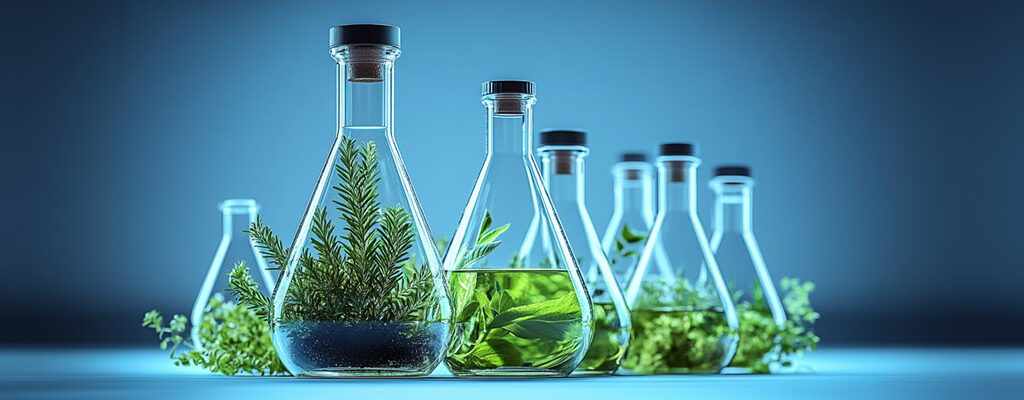
The world of fragrance design is an intricate dance between nature, science, and artistry. At the heart of every exquisite perfume or scented product lies a carefully crafted blend of perfume and scent ingredients, many of which come from natural sources. One of the key players in modern fragrance design is natural aroma chemicals—substances extracted from plants, flowers, fruits, and other natural elements—that provide the scents we cherish. The journey of these natural aroma chemicals from nature to bottle is a fascinating process that combines innovation, sustainability, and the art of perfumery.
The Origin of Natural Aroma Chemicals
Natural aroma chemicals begin their journey in the raw materials of nature. These ingredients—essential oils, resins, and plant extracts—contain aromatic compounds that give them distinct fragrances. For example, the sweet, floral scent of jasmine or sandalwood’s warm, woody fragrance comes from the specific natural aroma chemicals found within these plants.
Harvesting these ingredients is a delicate process that requires expertise to preserve the aroma is integrity. Whether it’s steam distillation, cold pressing, or solvent extraction, each method is chosen to extract the plant’s essence best while maintaining the quality and purity of the natural aroma chemicals.
The Role of Natural Aroma Chemicals in Fragrance Design
Natural aroma chemicals play a pivotal role in fragrance design, where they are blended to create a balanced, harmonious scent profile. Perfume designers, or “noses,” combine these natural ingredients in various proportions to craft complex fragrance compositions. Each fragrance is created with a precise combination of top, middle, and base notes, and natural aroma chemicals form the foundation of these layers.
In modern fragrance design, natural aroma chemicals are prized for their authentic and sophisticated scents and their ability to evoke specific emotions, memories, or atmospheres. The natural ingredients add depth and complexity to the fragrance, creating a sensory experience that resonates with consumers on a deeper level.
Sustainability and Innovation in Sourcing Natural Aroma Chemicals
With growing consumer demand for sustainability, the fragrance industry increasingly turns to responsible sourcing practices regarding natural aroma chemicals. Many companies focus on ethical harvesting methods that prioritize environmental preservation and social responsibility. For example, sustainably sourced essential oils help protect biodiversity and promote fair trade practices in developing regions.
Additionally, advancements in sustainable extraction techniques, such as biofermentation and synthetic biology, pave the way for natural aroma chemicals’ future. These innovations allow for the creation of natural aroma chemicals more sustainably and efficiently, reducing the environmental impact associated with traditional harvesting methods.
From Bottle to Consumer: The Final Touch
Once natural aroma chemicals are extracted and blended into their final fragrance formulation, they undergo a final quality control stage. This includes testing for consistency, longevity, and performance in various products, from perfumes to personal care items. The fragrance is then bottled and ready to be enjoyed by consumers. This journey—from nature to bottle—ensures that every scent is crafted to perfection, reflecting the artistry and science behind modern fragrance design.
The Beauty of Natural Aroma Chemicals in Fragrance Design
Natural aroma chemicals are vital in modern fragrance design, offering a sensory experience that connects consumers with nature. From sustainable sourcing practices to innovative extraction methods, the fragrance industry is evolving to meet the demands for both quality and sustainability. As consumers seek authentic and eco-friendly products, natural aroma chemicals will remain at the heart of fragrance design, bridging the gap between nature and the beautifully crafted scents we love.
